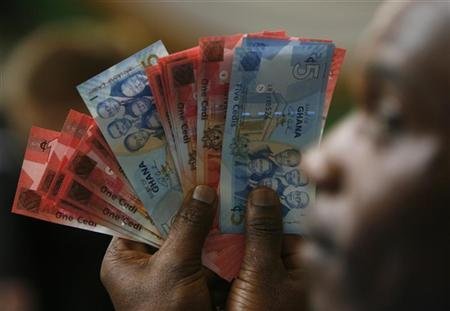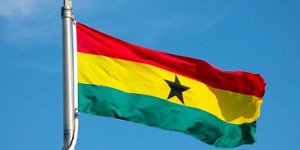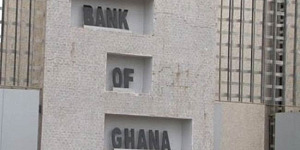Ghana's central bank cut its monetary policy rate by a further 150 basis points to 21.0 percent, saying the trend of disinflation is likely to continue until the end of the third quarter and expected stability in the exchange rate should help ensure price stability.
The Bank of Ghana (BOG) has now cut its key interest rate three times this year by a total of 450 basis points this year and by 500 points since November 2016 when it began its easing cycle.
"In the outlook, expectations are for the observed decline in headline inflation to continue and converge towards the medium-term target in 2018," the BOG said, confirming its view from May.
The BOG targets inflation of 8 percent, plus/minus 2 percentage points.
Ghana's headline inflation rate declined to 12.1 percent in June from 12.6 percent in May, continuing to decline from a record high of 19.2 percent in March last year due to tight monetary policy, relative stability in the exchange rate of the cedi and with favorable base effects.
Core inflation, which excludes energy and utilities, has also been trending downwards to 12.8 percent in June from 13.7 percent in April and 13.3 percent in May.
"These trends in headline, core and inflation expectations suggest dampening underlying inflation pressures," the BOG said.
After appreciating in March and April due to the issue of a US$1 billion bond and the BOG's first quarter auction of $120 million, the cedi has depreciated since early May and was trading at 4.38 to the U.S. dollar today, down 2.3 percent this year.
"Foreign exchange market conditions remain stable supported by improved liquidity conditions, the trade surplus and increased reserves," the central bank said, adding gross international reserves rose to US$5.9 billion at the end of June, up from $4.9 billion end-December 2016.
Helped by a rebound in crude oil production, economic activity has been improving and is expected to remain in line with the trends seen in the first half of the year, with bank's Composite Index of Economic Activity (CIEA) suggesting "some pickup in economic activity in the first five months of 2017," driven by exports, construction and credit to the private sector.
Ghana's Gross Domestic Product grew by an annual rate of 6.6 percent in the first quarter of this year, up from 4.1 percent in the previous quarter and 4.4 percent in the first 2016 quarter.
But stronger growth was largely driven by the oil sector while the non-oil sector grew by 3.9 percent in the first quarter, down form 6.3 percent in the same period last year, reflecting low activity in the services sector.







































